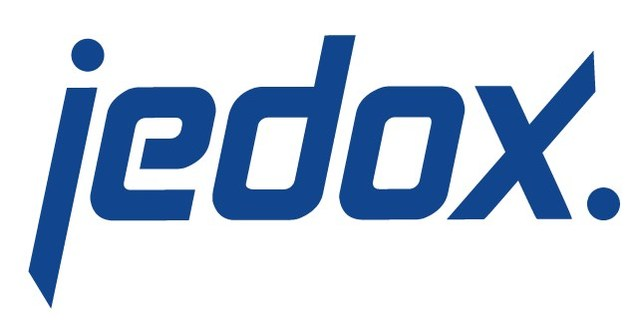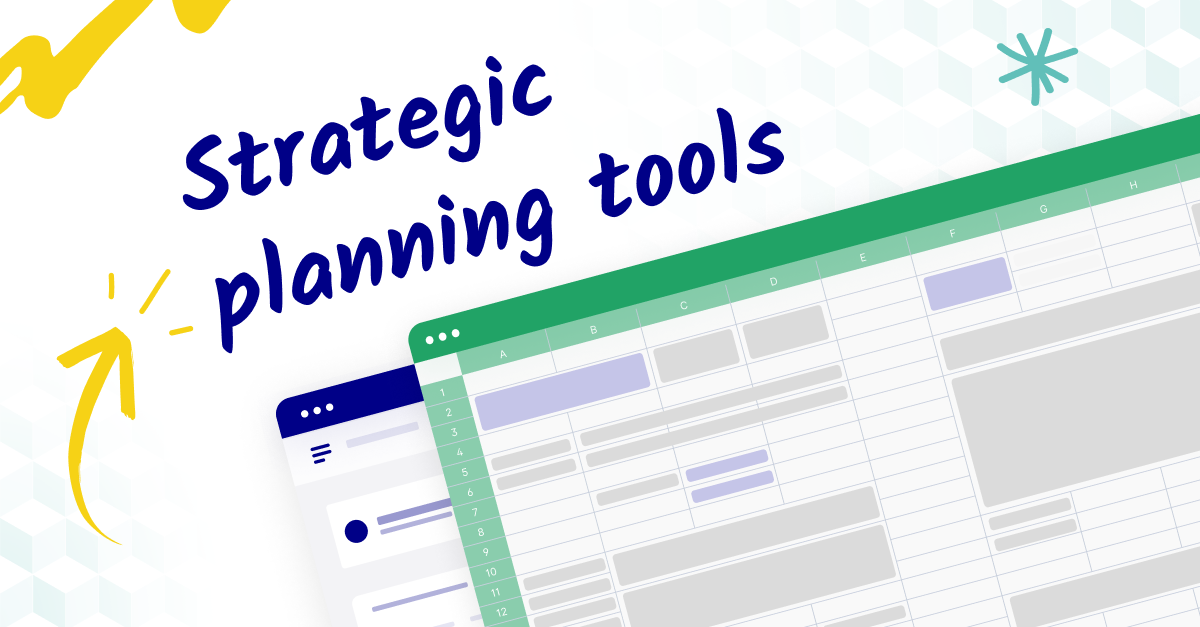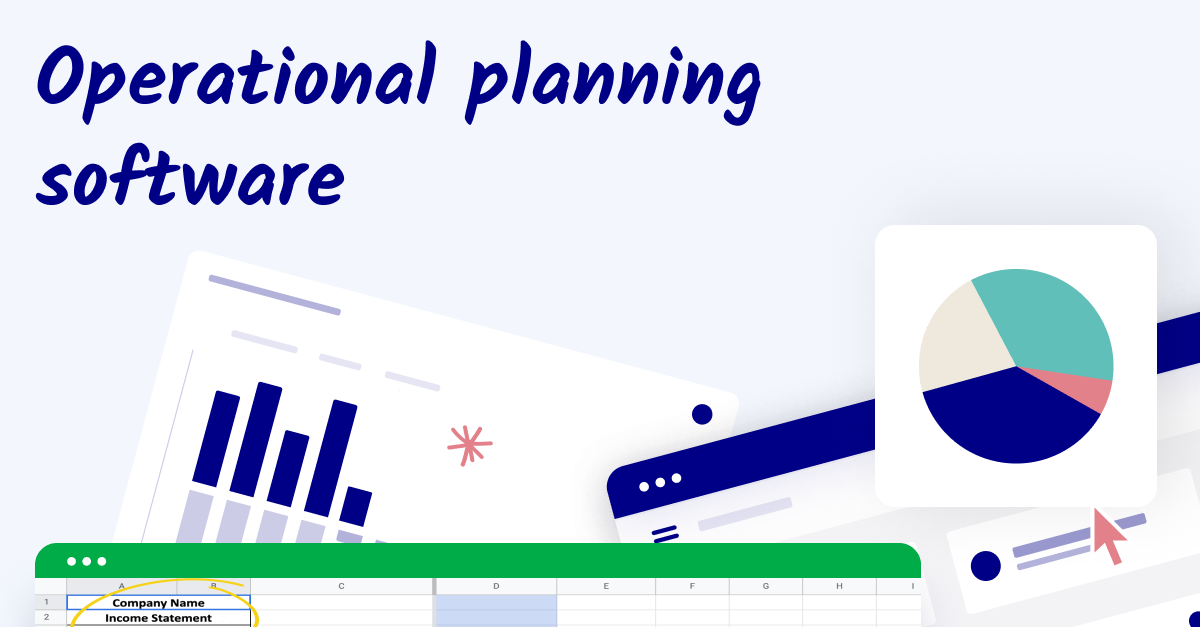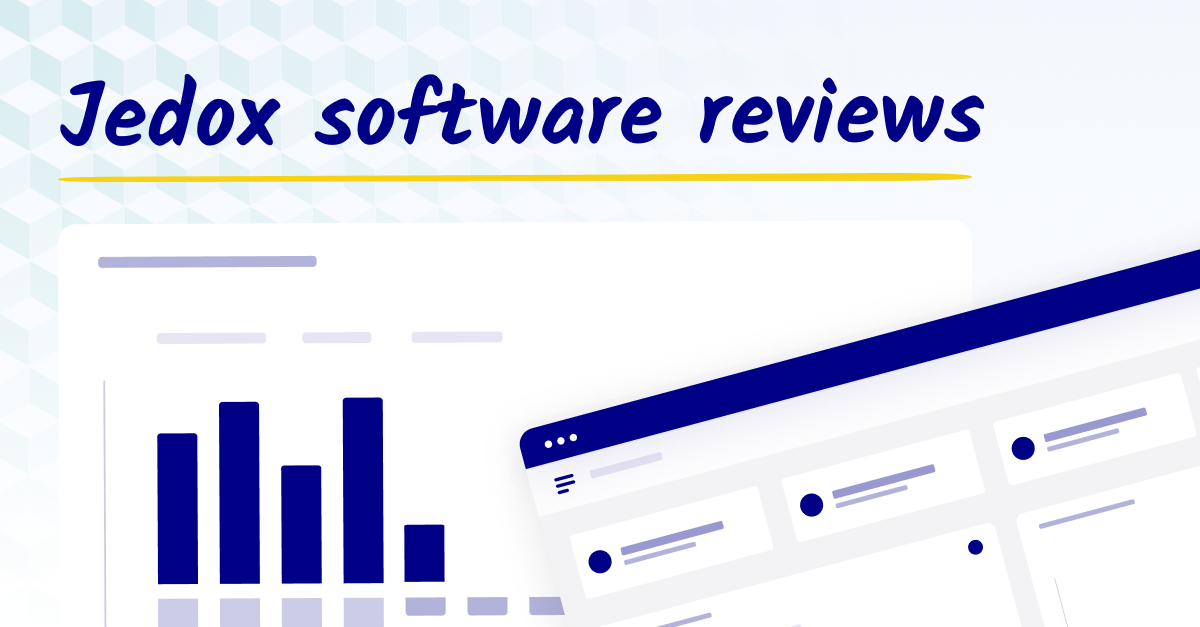The role of strategic planning in SMBs
A well-defined strategic plan helps SMBs focus their resources efficiently. It guides decision-making processes, from hiring and budgeting to marketing and product development. By setting priorities, SMBs can allocate their limited resources to areas that will yield the most significant impact.
Strategic planning also ensures that all departments and team members are working towards the same objectives. This alignment is vital for maintaining consistency in actions and messaging both internally and externally.
However, without the proper tools, the strategic planning process can become a tedious, manual process prone to errors and miscommunication. In a dynamic market, where agility and adaptability are key, SMBs cannot afford to have a strategic planning process that is slow and rigid. The right strategic planning tools can streamline the process, making it more efficient and effective, and allowing SMBs to respond quickly to market changes.
How strategic planning empowers FP&A leaders
Strategic planning tools transform the role of finance and FP&A leaders, shifting their focus from transactional tasks to strategic decision-making. These tools provide real-time visibility into financial health, enabling leaders to monitor performance, identify trends, and make data-driven forecasts.
Accurate forecasting and scenario modeling lead to smarter investment decisions, aligning resource allocation with strategic goals. Additionally, these tools highlight inefficiencies, paving the way for cost savings and improved operational efficiency.
Risk management is improved, as potential financial risks are identified and mitigated in advance. Compliance and financial reporting also become more streamlined, ensuring adherence to the latest regulations.
In essence, strategic planning tools equip FP&A leaders with the insights and capabilities necessary to drive profitability and ensure long-term financial stability.
Key features of strategic planning software
Strategic planning is the backbone of any thriving SMB, providing a clear roadmap for growth and ensuring organizational alignment. To navigate the intricacies of this process effectively, SMBs need tools that are not just good enough, but are comprehensive in their offerings.
Here are expanded key features that SMBs should look for in a strategic planning tool:
1. Real-time data analytics and reporting
Decision-making is only as good as the data behind it. Tools that provide real-time analytics and robust reporting capabilities allow SMBs to make informed decisions swiftly, keeping them agile and responsive to market dynamics.
2. Scenario planning and forecasting
The ability to simulate various market conditions and their potential impact on the business is invaluable. Forecasting features enable SMBs to anticipate future challenges and opportunities, paving the way for proactive rather than reactive strategies.
3. User-friendly interface and accessibility
A complex tool will only gather dust. A strategic planning tool needs to be intuitive and easily accessible, catering to varying levels of tech-savviness among team members. This encourages adoption and ensures that all stakeholders can contribute meaningfully to the planning process.
4. Seamless system integration
The tool should act as a natural extension of the business’s existing systems. Seamless integration minimizes data silos and ensures that all departments are working with the same information, fostering unity in strategy execution.
5. Customizability and flexibility
No two SMBs are the same. A strategic planning tool should offer a degree of customizability to align with the unique workflows, processes, and objectives of the business. This flexibility ensures that the tool remains relevant as the business evolves.
6. Collaboration features
Strategic planning is a team sport. Tools that facilitate easy collaboration and communication among team members encourage the sharing of insights and collective decision-making, leading to more robust and well-rounded strategic frameworks.
7. Budgeting and financial projections
The financial aspect cannot be overlooked in strategic planning. Visibility into financial and operational metrics are crucial. Tools that integrate budgeting and financial projection capabilities help SMBs align their strategies with financial realities, ensuring that strategic plans are viable and grounded in fiscal prudence.
8. Compliance and security
In an era where data breaches are commonplace, security features are non-negotiable. Compliance with industry standards and robust security protocols protect sensitive business data, which is the lifeblood of a strategic planning framework.
By prioritizing these comprehensive features in their strategic planning tools, SMBs can ensure that their internal processes are not just streamlined but also holistic, dynamic, and aligned with their strategic goals and long-term vision for growth and profitability.
Top strategic planning software for SMBs
Various tools offer specialized features catering to the needs of small to medium-sized businesses (SMBs). Each tool brings something unique to the table, from predictive analytics to collaborative capabilities.
Here’s a closer look at some of the top strategic planning tools for SMBs:
1. Cube

Cube is designed to simplify the financial planning and analysis (FP&A) process for SMBs. With Cube, you can minimize manual work, speed up workflows, and glean real insights fast with automated processes. Plus, its adaptable data framework empowers you to grow and scale your business while maintaining control of increasingly complex data.
Key features include:
- User-friendly interface: Cube’s intuitive interface requires minimal training, making it accessible for teams with varying levels of tech proficiency. This is a platform that finance teams can own themselves without reliance on consultants or product experts.
- Seamless integration: Cube is built to work directly with most finance and business systems including ERPs, CRMs, payroll systems, data warehouses, and more. Cube has bi-directional integration with Google Sheets and Microsoft Excel, which gives customers an incredible amount of versatility to choose the user experience that is right for them and their business teams.
- Collaborative planning: Cube facilitates collaborative planning by enabling multiple stakeholders to contribute to the financial planning process, ensuring alignment across departments when it comes to objectives and key results.
2. Anaplan

Anaplan is known for its scalability and flexibility, making it suitable for SMBs with growth aspirations. Its standout features are:
- High customizability: Anaplan offers highly customizable models that can be tailored to the unique needs of each business.
- Connected planning: It supports connected planning across various business functions, promoting a holistic approach to strategic planning models.
- Advanced analytics: Anaplan comes with advanced analytics capabilities, allowing SMBs to delve deeper into data for more informed decision-making.
3. Jedox

Jedox emphasizes simplifying complex planning processes. Its key offerings include:
- Streamlined data integration: Jedox simplifies the integration of data from various sources, ensuring that SMBs have a unified view of their business.
- Scenario planning: It enables detailed scenario planning, helping businesses prepare for different future possibilities.
- Collaboration and reporting: Jedox provides robust collaboration tools and automated reporting capabilities, streamlining communication and data sharing across teams.
4. PlanGuru

PlanGuru is a budgeting and forecasting tool that is well-suited for SMBs looking for an affordable yet comprehensive solution. Its main features are:
- Budgeting and forecasting: PlanGuru specializes in detailed budgeting and forecasting, providing SMBs with the tools they need to address ongoing challenges and plan their financial future.
- Financial dashboards: With its financial dashboards, PlanGuru offers a visual representation of financial data, making it easier for stakeholders to understand and analyze information.
- Educational resources: PlanGuru provides extensive educational resources, ensuring that SMBs can fully leverage the tool’s capabilities for following their strategic planning model.
For SMBs, it’s essential to evaluate each of these tools against their specific requirements, considering factors such as ease of use, integration capabilities, and scalability. By doing so, they can select a strategic planning tool that aligns with their business objectives and enhances their decision-making process.
Implementing a strategic planning model
Integrating a strategic planning model into your SMB's operations requires a thoughtful approach. Begin by pinpointing your business's unique needs and the specific challenges you aim to address. This clarity will guide you in assessing various tools to find one that aligns with your strategic goals.
Upon choosing a tool, it's essential to prepare your team for the transition. Tailored training sessions will equip them with the necessary skills and knowledge to use the new system effectively. It's also crucial to align the tool with your existing workflows to minimize disruption and encourage seamless adoption.
After implementation, continuous evaluation is key. Monitor the tool's effectiveness in enhancing your strategic planning efforts and its broader impact on business performance. Regular reviews will help you gauge the return on investment and make necessary adjustments to optimize the tool's benefits for your SMB.
Overcoming common challenges with strategic planning
Incorporating a basic strategic planning model into small and medium-sized businesses (SMBs) can sometimes be met with challenges. Understanding and addressing these challenges head-on is key to ensuring the successful adoption and utilization of these tools.
Here’s a deeper look into common obstacles and strategies to overcome them:
1. Resistance to change
Employees' comfort with existing internal processes can lead to resistance when introducing a new strategic planning model or tool. The apprehension may stem from concerns about the tool's complexity or the impact on their current roles.
To mitigate this, businesses can implement a comprehensive change management strategy. This includes developing tailored training programs, opening clear communication channels for feedback, and leveraging early adopters to demonstrate the benefits and ease of use.
2. Budget constraints
Budget limitations are a common concern for SMBs considering investing in strategic planning tools. The perceived risk of costs outweighing the benefits can cause hesitation.
Addressing this challenge requires a detailed cost-benefit analysis to highlight potential cost savings and efficiency gains. Presenting case studies from similar businesses that have achieved a return on investment can also help. It’s crucial to explore various pricing models to find a financially viable solution for the business.
3. Data silos
The existence of data silos across different departments can lead to a lack of cohesive insights and decision-making. Each department might rely on its systems, causing fragmented information flow.
To overcome this, promoting an integrated data approach is essential. Selecting a strategic planning tool that offers seamless integration with existing systems can facilitate this. Organizing cross-functional workshops and encouraging leadership to advocate for a unified data management approach can help break down these silos.
Understanding and proactively addressing these challenges is key to ensuring the successful implementation of strategic planning tools in SMBs. By doing so, businesses can maximize the benefits of these tools, leading to a more effective strategic planning model and enhanced business performance.
Conclusion: planning for profit
Strategic planning tools can significantly enhance the decision-making capabilities of SMBs, leading to increased efficiency and profitability. By carefully selecting and implementing the right tool, SMBs can ensure that their strategic planning process is robust, dynamic, and aligned with their long-term growth objectives.
Want to learn how Cube can help you execute your strategic plan effectively? Request a free demo today.



.png)









